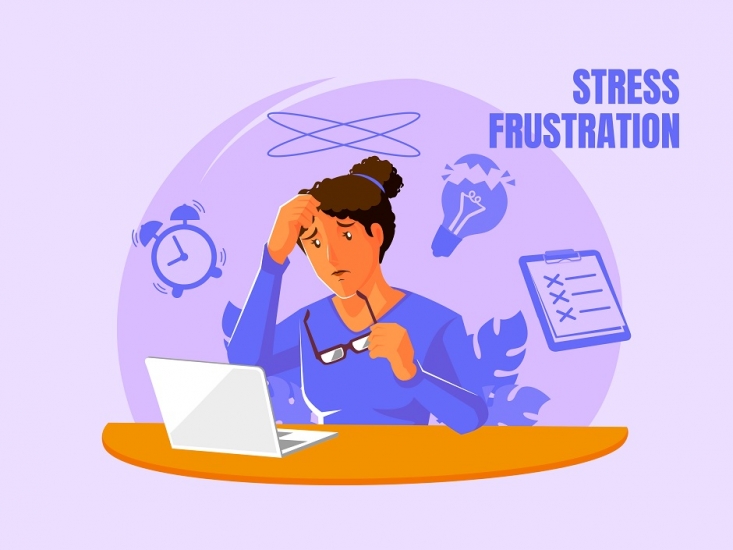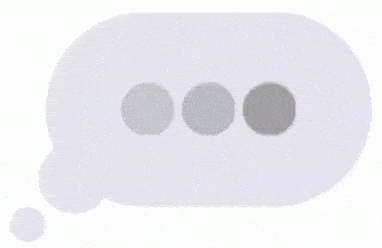Many people frequently experience stress and anxiety. They may be brought on by a number of things, including interpersonal problems, financial challenges, or work strain. If left uncontrolled, stress and anxiety can significantly affect your physical and mental health, relationships, and general well-being. Fortunately, effective therapy, such as Cognitive Behavioural Therapy (CBT), is available to control and alleviate these symptoms.
CBT is a form of psychotherapy that has been shown to be effective in treating a range of mental health issues, including anxiety and stress. In this blog post, we will examine how CBT can aid with stress and anxiety management and offer a detailed explanation of the CBT procedure.
What is CBT?
CBT is a goal-oriented and evidence-based therapy that aims to change negative thought patterns and behaviors that contribute to stress, anxiety, and other mental health issues. It is predicated on the notion that our ideas, feelings, and behaviors are intertwined, and that altering one of them can affect the other two.
A skilled cognitive behavioral therapist will normally conduct a series of scheduled sessions with the patient as part of therapy. During these sessions, the patient will work with the therapist to identify their harmful thought patterns and behaviors as well as to create more positive and adaptive ones.
How Can CBT Help with Anxiety and Stress?
There are several ways that CBT can help with stress and anxiety:
Identifying Negative Thought Patterns: Finding negative thought patterns is the first stage of cognitive behavioral therapy (CBT), which is used to treat stress and anxiety. In order to challenge the validity of these thoughts, a therapist collaborates with patients to identify them.
Changing Negative Behaviours: Stress and anxiety can also be brought on by negative behaviors in addition to negative thoughts. The patient and therapist work together to recognize these behaviors and create other, more beneficial, and adaptable ones.
Homework Assignments: Between therapy sessions, CBT frequently assigns homework that may include journaling or practicing relaxation methods. These tasks assist the patient in putting the abilities they have acquired in therapy to use in their everyday lives.
The CBT Method
Typically, CBT incorporates a planned approach with numerous stages, including:
In order to decide whether CBT is the best course of action, the therapist first assesses the patient's symptoms, history, and current situation.
Goal-Setting: Setting goals is a collaborative process between the therapist and the patient.
Cognitive Restructuring: Cognitive restructuring involves the therapist helping the patient recognize unfavorable thought patterns and challenging their accuracy. In this process, more uplifting and adaptive beliefs are created by weighing the evidence for and against negative ones.
Behavioral approaches: The therapist instructs the patient in behavioral approaches and coping mechanisms for stress and anxiety management.
Gradual Exposure: The patient and the therapist gradually subject the patient to situations that make them anxious.
Maintenance: The therapist works with the patient to maintain their development and avoid relapsing once they have mastered new coping mechanisms and behaviors.
Conclusion
CBT for stress and anxiety therapy can assist you in altering negative thought patterns and behaviors, creating coping mechanisms, and exposing you to anxiety-provoking circumstances progressively in a safe and controlled manner. If you are experiencing stress or worry, think about talking to a mental health professional who can guide you through the CBT therapy process












